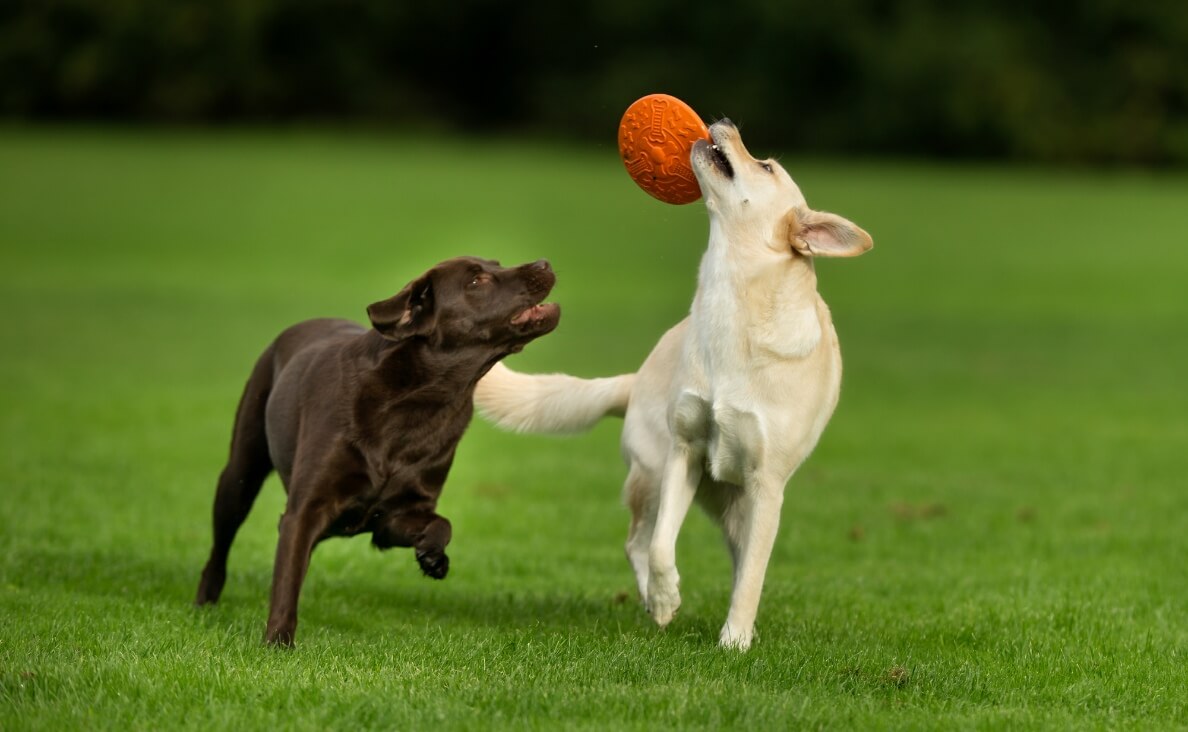
Dogs need regular exercise regardless of their age, breed or size. Most dog parents would agree the old adage “A tired dog is a good dog” is spot-on. There are few things more important than exercise for your dog’s mental and physical wellbeing.
Regular exercise helps your pooch at every life stage. It turns out there are many more benefits of exercise for dogs than remaining at a healthy weight. Yes, exercise does help burn excess calories, but it also provides mental stimulation, improves behavior and strengthens the bond between you and your pup. Simply put, exercise is a must for your dog’s overall health.
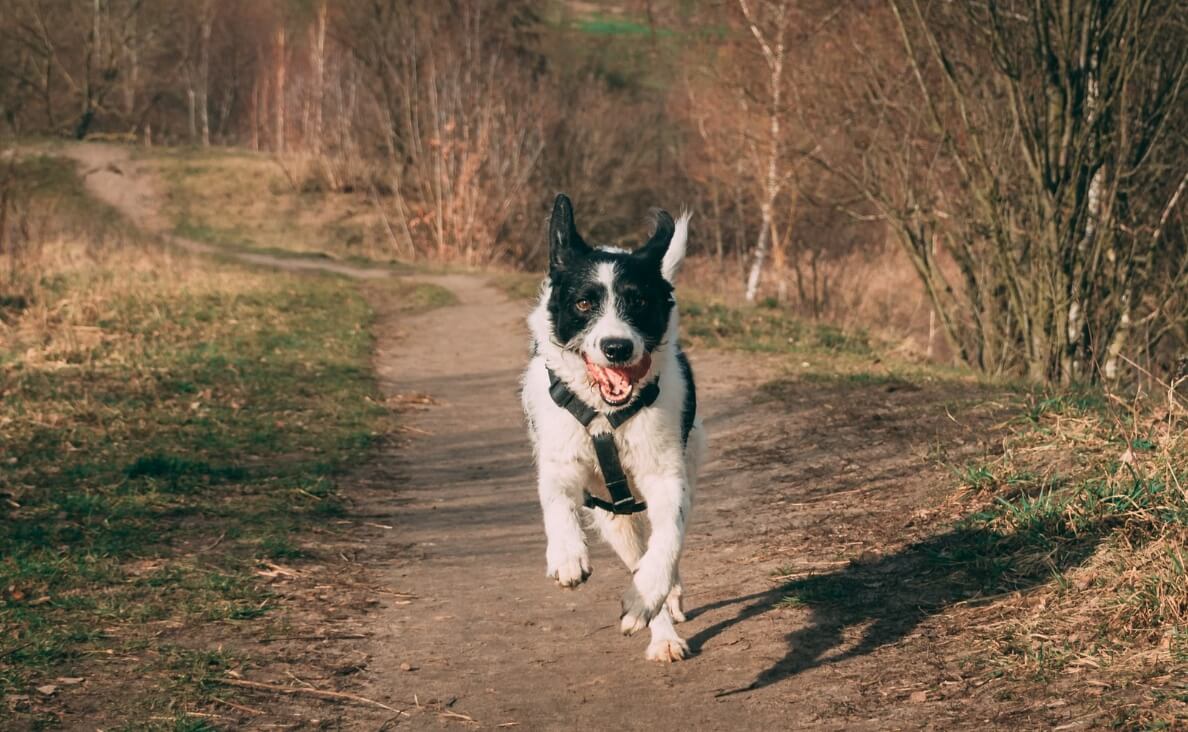
How Much Exercise Does Your Dog Need Every Day?
Each dog has unique exercise needs based on breed, age, health and temperament.
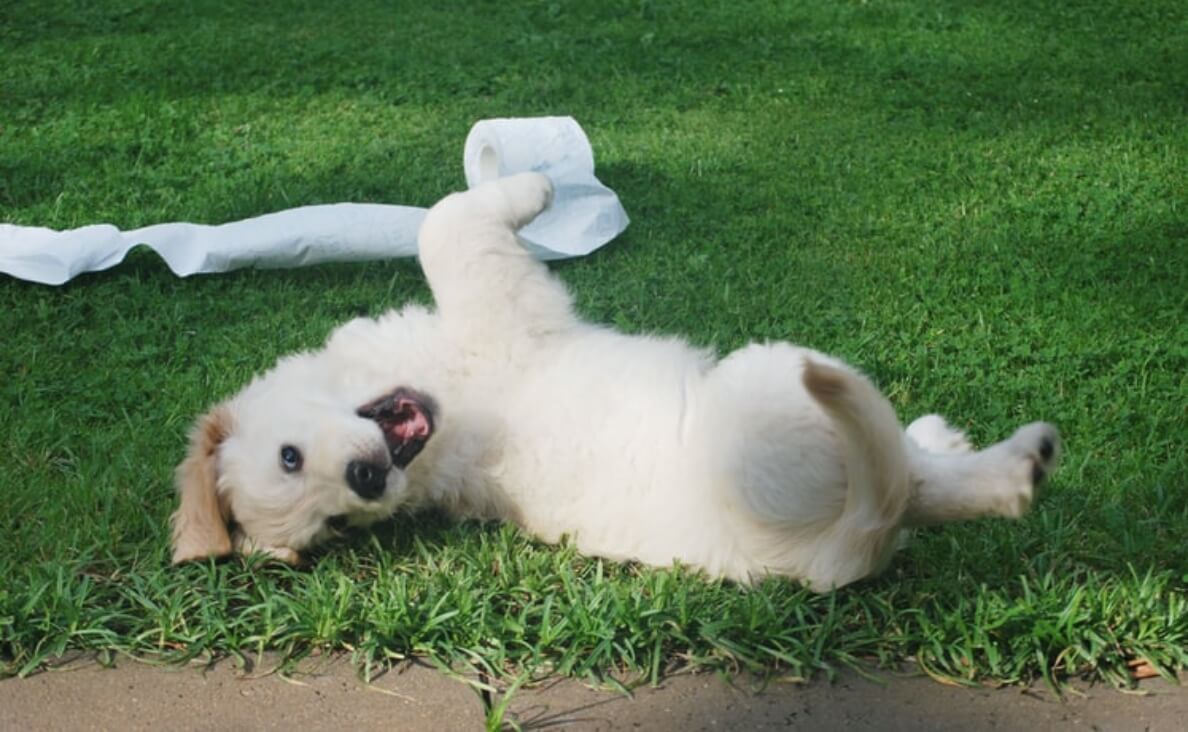
Puppies Under 6 Months Old
Young puppies have a lot of energy, but they tend to burn it off simply by being a puppy! The world is an exciting, stimulating place, so a walk and healthy dose of playtime will usually cover a puppy’s exercise needs.
As a matter of fact, young puppies can suffer joint damage if they exercise too strenuously before their bodies are ready for it. Best to hold off on serious exercise until your puppy is at least 6 months old, and then check with your veterinarian before starting an exercise regimen.
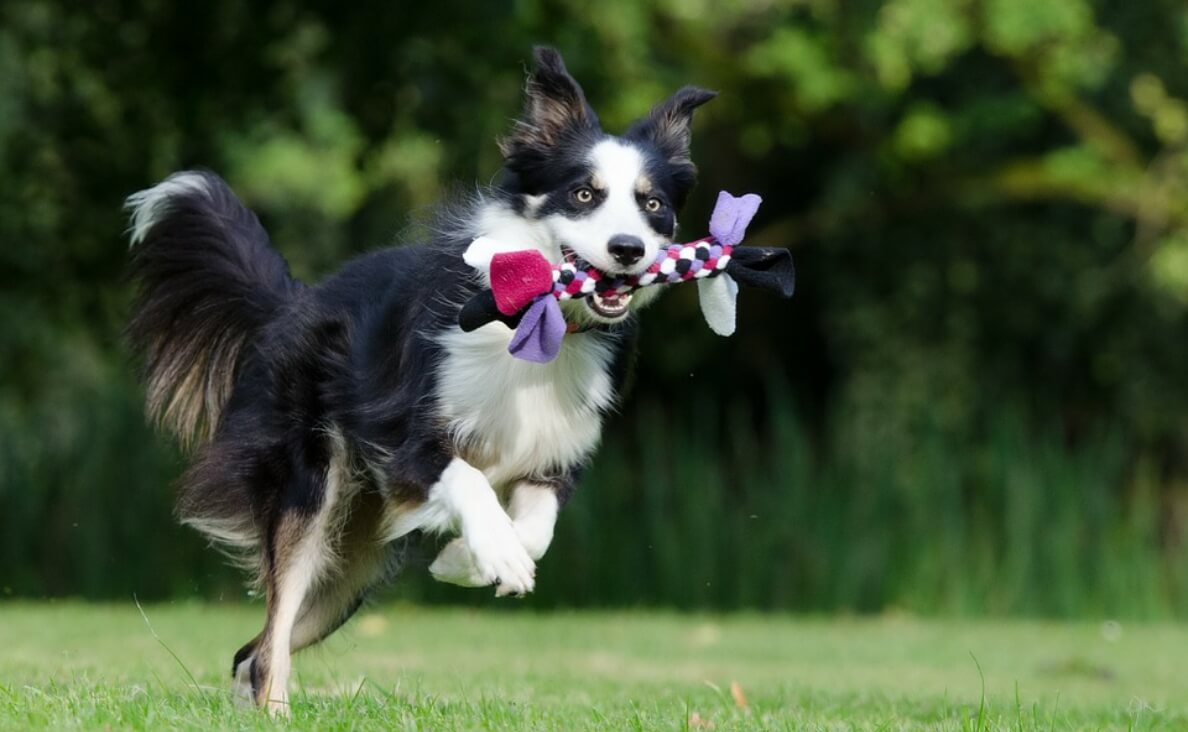
Healthy Adult Dogs
If your dog is a healthy adult, their exercise needs will depend on their breed and temperament.
- Toy breeds (like Chihuahuas, Shih Tzus, Cavalier King Charles Spaniels, etc.) are often low to medium energy drives with modest work drives. Half an hour of exercise is usually plenty for these small pooches.
- Sporting, non-sporting and working breeds (like German shorthaired pointers, Great Danes, golden retrievers, Cocker Spaniels, dalmatians, huskies, etc.) can range from low to high exercise needs. One to two hours of exercise a day is usually adequate, but some may need more time depending on their temperament.
- Terriers, hounds and herding breeds (like pit bulls, Jack Russell terriers, border collies, Australian shepherds, German shepherds, corgis, beagles, bloodhounds, etc. tend to have medium to high energy levels as well as a high drive to work. These dogs may require two to four hours of exercise per day to be fully mentally and physical tired. It can be challenging to wear these dogs out on consistent basis.
- Brachycephalic breeds (like French bulldogs, English bulldogs, pugs and boxers) may range between low to high energy, but they may have difficulty breathing so you may have to monitor their exercise sessions. They shouldn’t exercise for more than 20 to 30 minutes at a time and need to stay hydrated to prevent them from overheating and hyperventilating.
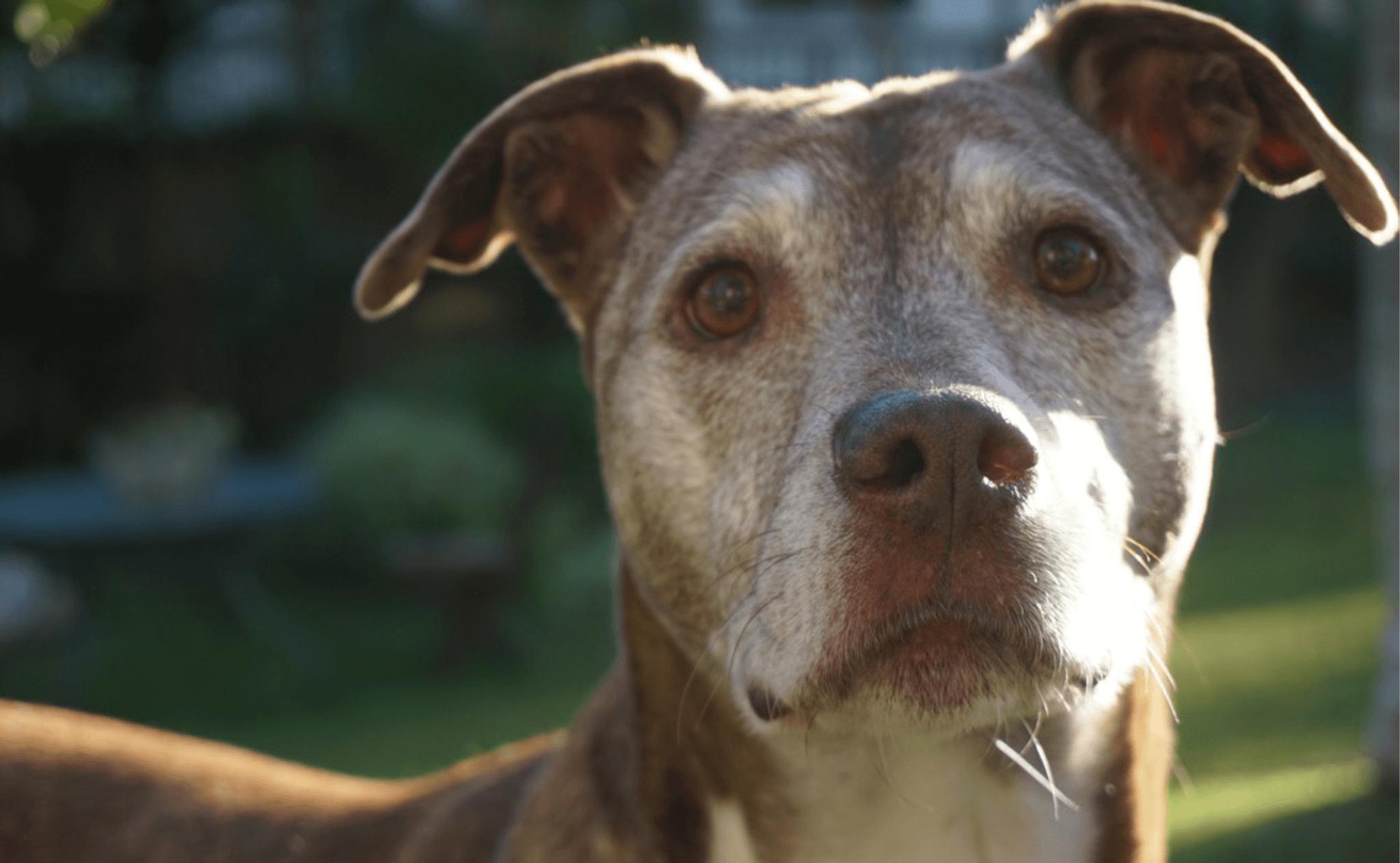
Senior Dogs
Older dogs may have waning energy levels, but often still enjoy being active. If an older pooch exercises too much it can put a strain on their joints and increase the risk of joint issues.
Read more: How to recognize and manage arthritis in dogs
Exercise can also be more taxing for older dogs than you might think, so take things slowly and watch for signs of exhaustion. It’s a good idea to ask your veterinarian about exercising your senior pooch.
Every dog is different so be sure to consider your canine’s specific abilities, health status, breed and temperament before embarking on an exercise plan.
Ways to Help Your Dog Get Enough Exercise
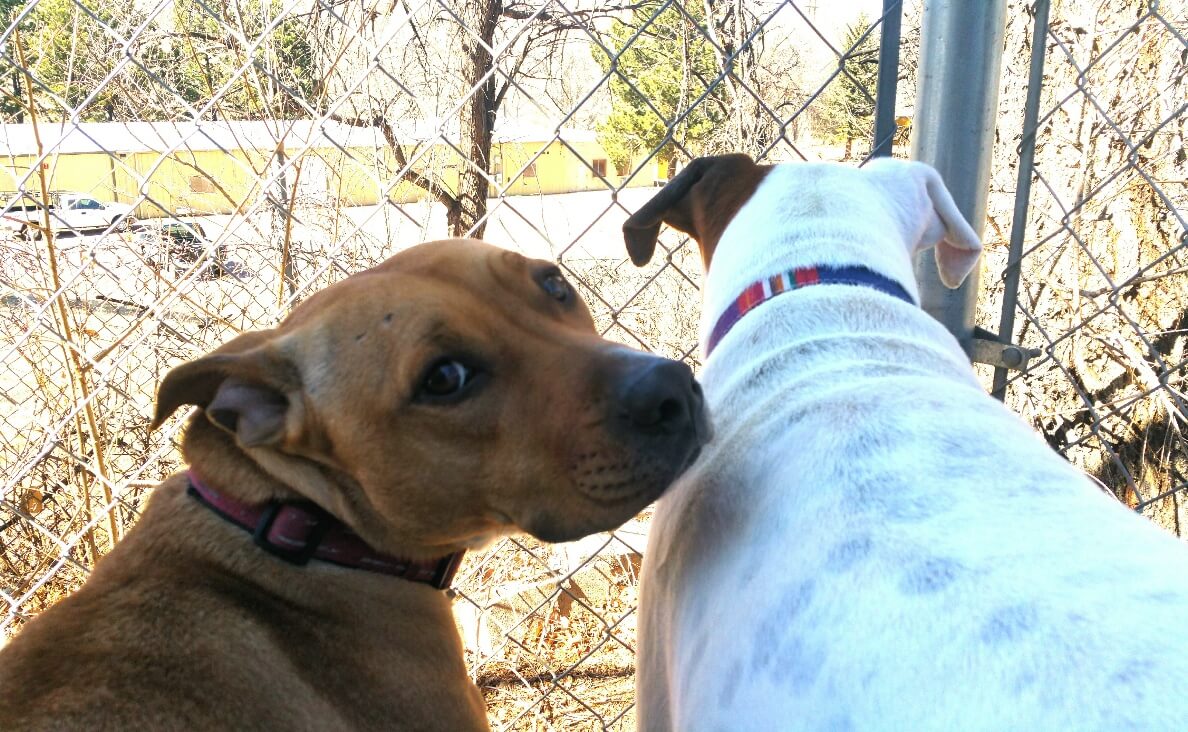
-
Take your dog to daycare
Dog daycare is a great option for dogs with lots of energy. What could be better than spending half or even a whole day in a supervised play environment?
An advantage of dog daycare is your dog can regulate how much exercise he or she receives. At Canine Campus, dogs can relax and rest when they need to, preventing fatigue and exhaustion.
Dog daycare is a fantastic way for your dog to get in some extra exercise.
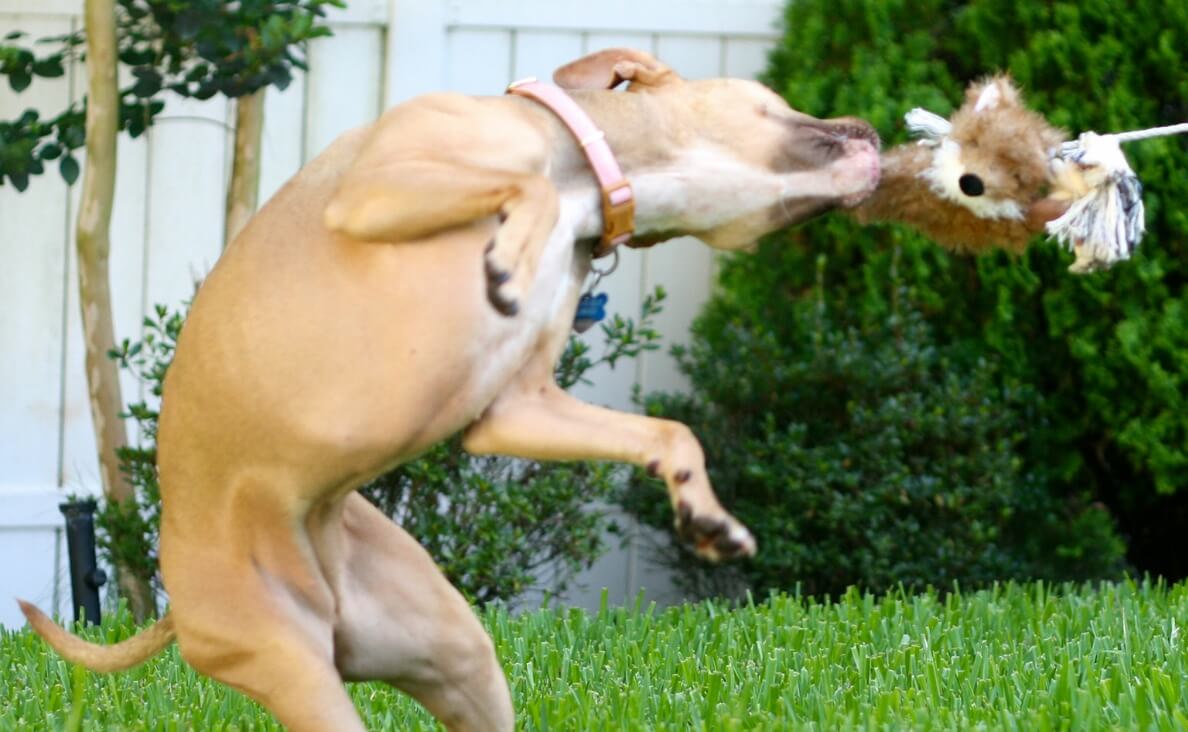
-
Play with a flirt pole
Dogs with a high prey drive, such as herding breeds, terriers and others will especially enjoy playing with a flirt pole.
A flirt pole is like a gigantic cat toy, but instead of a feather there is a lure at the end of the wand.
Flirt poles are especially nice for people who are disabled or have a hard time exercising with their dog. They also work well for people with limited yard space who can’t play fetch or chase.
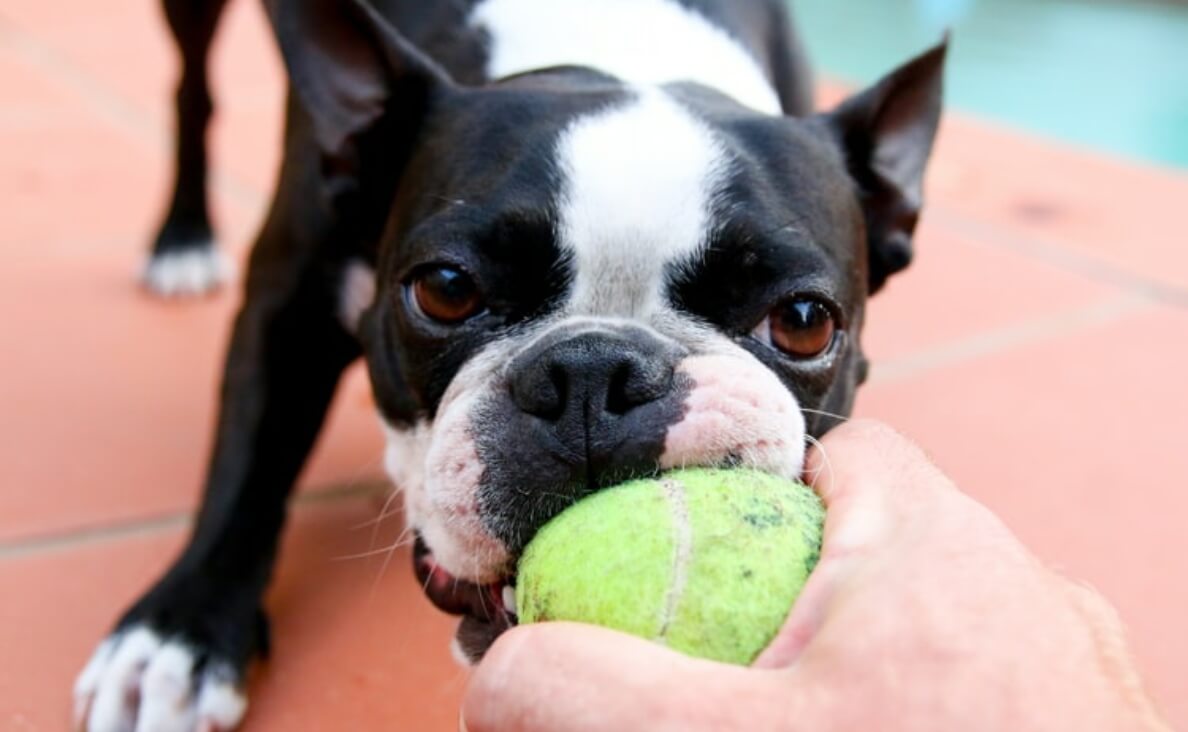
-
Play fetch with a ball
Most dogs enjoy playing a rousing game of fetch. Fetch not only serves as good exercise, but it will keep your dog’s brain busy too. If you don’t have a big enough yard to play fetch, check out a nearby dog park in the morning or late evening when there aren’t too many dogs there.
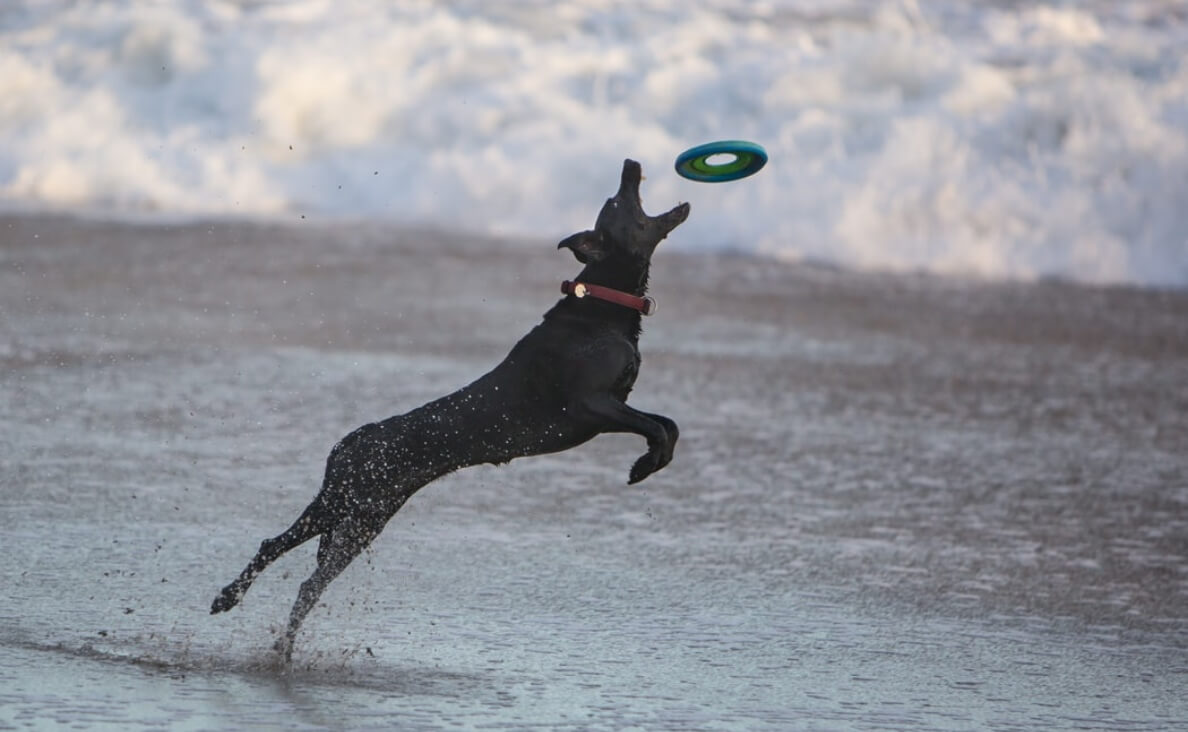
-
Throw a Frisbee
Balls are a lot of fun, but not every dog loves them. Some dogs prefer something flying objects – like a Frisbee! You can use a regular Frisbee intended for humans or try a soft Frisbee made for dogs, which is easier on your dog’s mouth.
Some dogs have a difficult time picking a Frisbee up once it’s landed on the ground, which can cause frustration. The idea is to work with you dog until they get the hang of catching the Frisbee mid-air. Of course, this might take some practice on your part as it can be challenging to hit a target. But don’t worry – most dogs won’t mind chasing down your errant throws while you’re learning how to throw a Frisbee with precision.
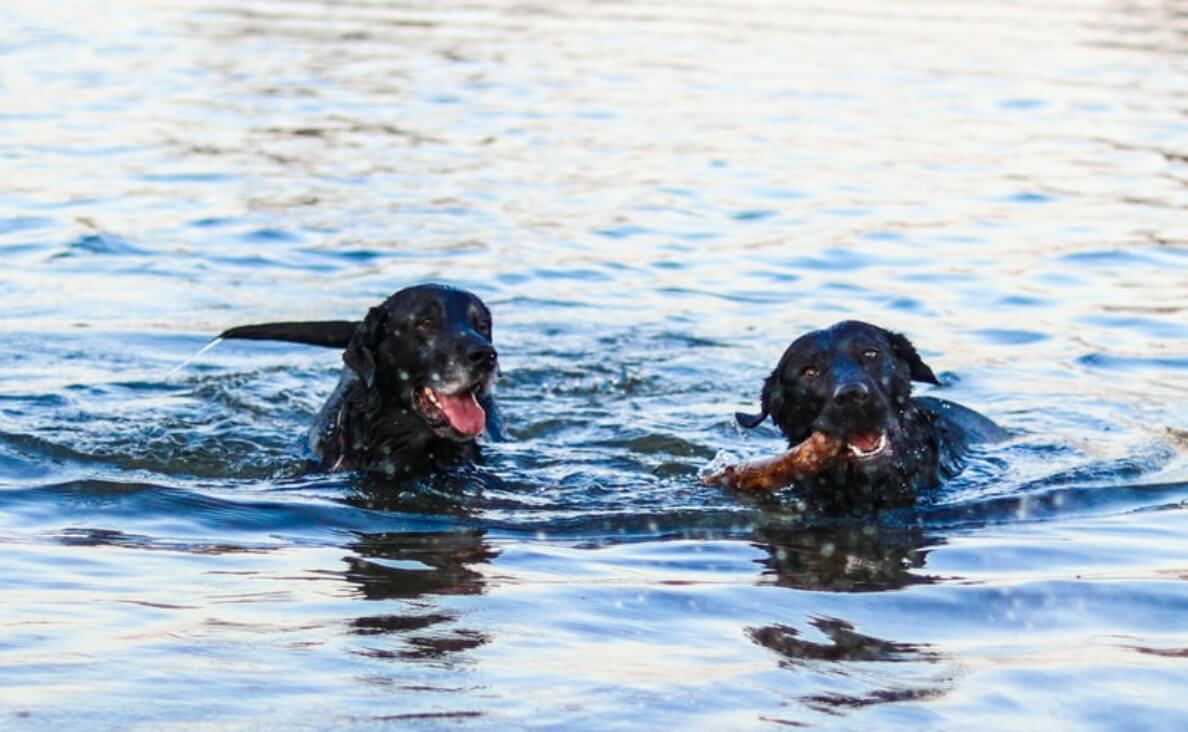
-
Take your dog swimming
Some dogs absolutely love to swim, which can be an excellent form of exercise. It’s especially great for older dogs who enjoy the low-impact nature of the activity.
Try bringing along some fun dog water toys and make up games to play together in the water.
One thing to consider – not all dogs are good swimmers. Some dogs struggle to stay afloat while dog-paddling. If this is your dog, consider fitting your dog with a life jacket to ensure he or she stays safe.
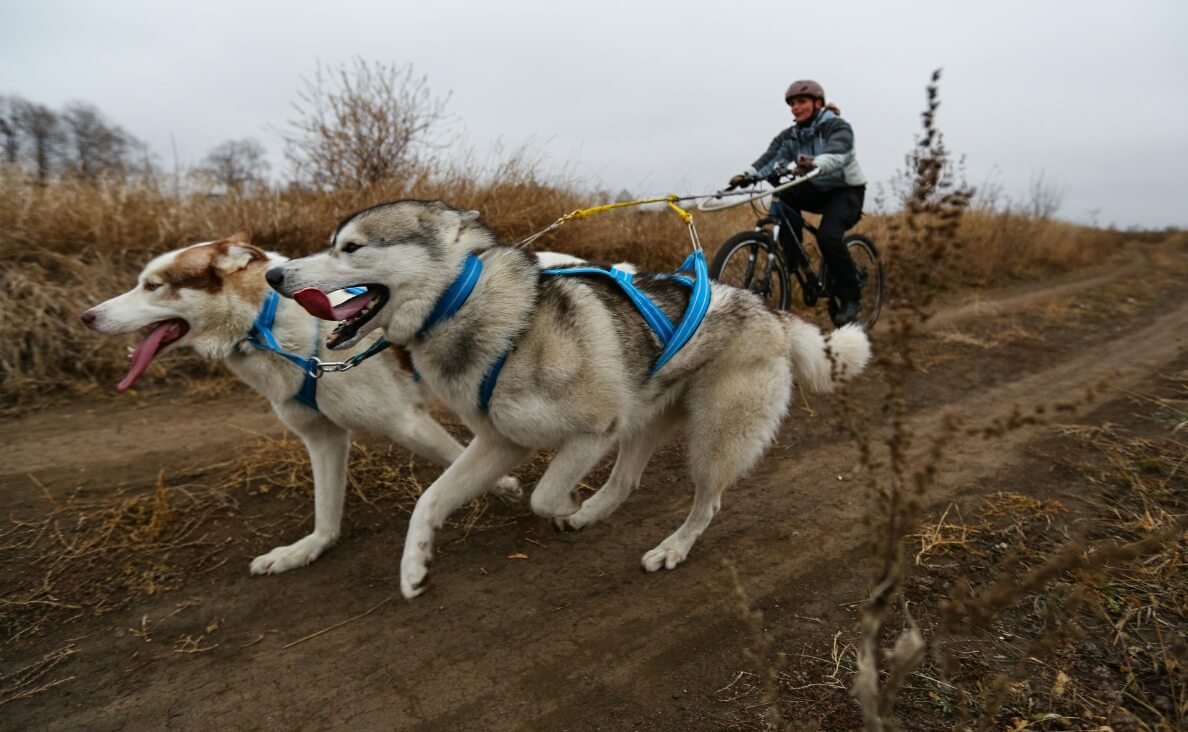
-
Try bikejoring with your dog
Joring is the Norwegian word for “driving” or “pulling”; bikejoring is having your dog pull you along while you ride your bike. Bikejoring is different than taking your dog along with you while you ride your bike; when you’re bikejoring, your dog is actually pulling you.
This activity is suitable for dogs who are natural pullers, like Siberian huskies, Alaskan malamutes, Bernese Mountain dogs, and other cart or sled pulling breeds. But even though your dog’s breed might be a drafting breed, he or she will need to be in good shape to enjoy bikejoring.
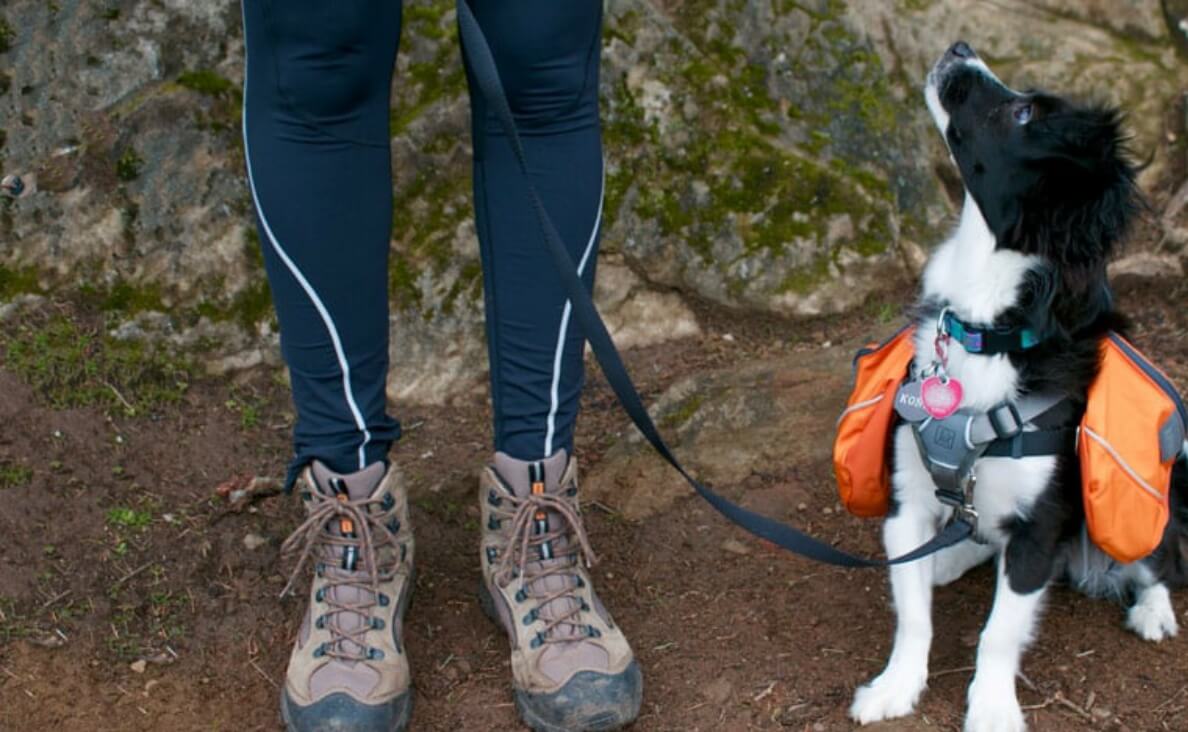
-
Go on a hike
Hiking is a great work out while offering beautiful scenery and a chance to escape into nature. There are lots of great hiking trails in the Colorado Springs area where dogs are allowed. Most dogs love to go hiking and will be a faithful companion on the trail. Just make sure to bring water and a collapsible bowl to keep your dog hydrated and make sure your dog is fit enough to handle the route you choose. Make sure to take precautions for hot or cold weather.
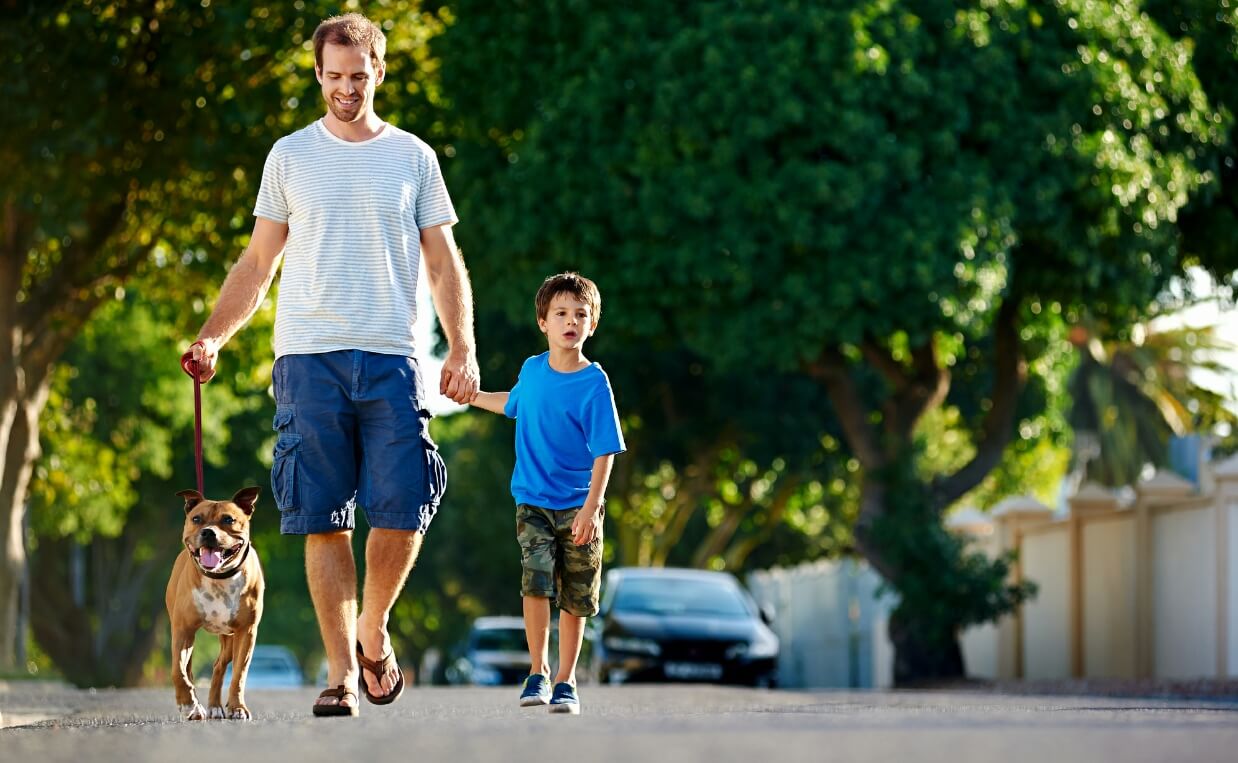
-
Walk or run with your dog
This is a no-brainer, but taking regular walks is a great way to help your dog exercise. And, if you’re in good enough shape yourself, you might consider running with your dog as well.
There are many benefits to establishing a regular walking or running program – for both you and your dog. While the health benefits are obvious, regular walks or runs builds confidence in your dog, strengthening the trust and bond between the two of you. It also gives your dog an opportunity to learn how to behave around strangers and other dogs, improving his or her behavior while out.
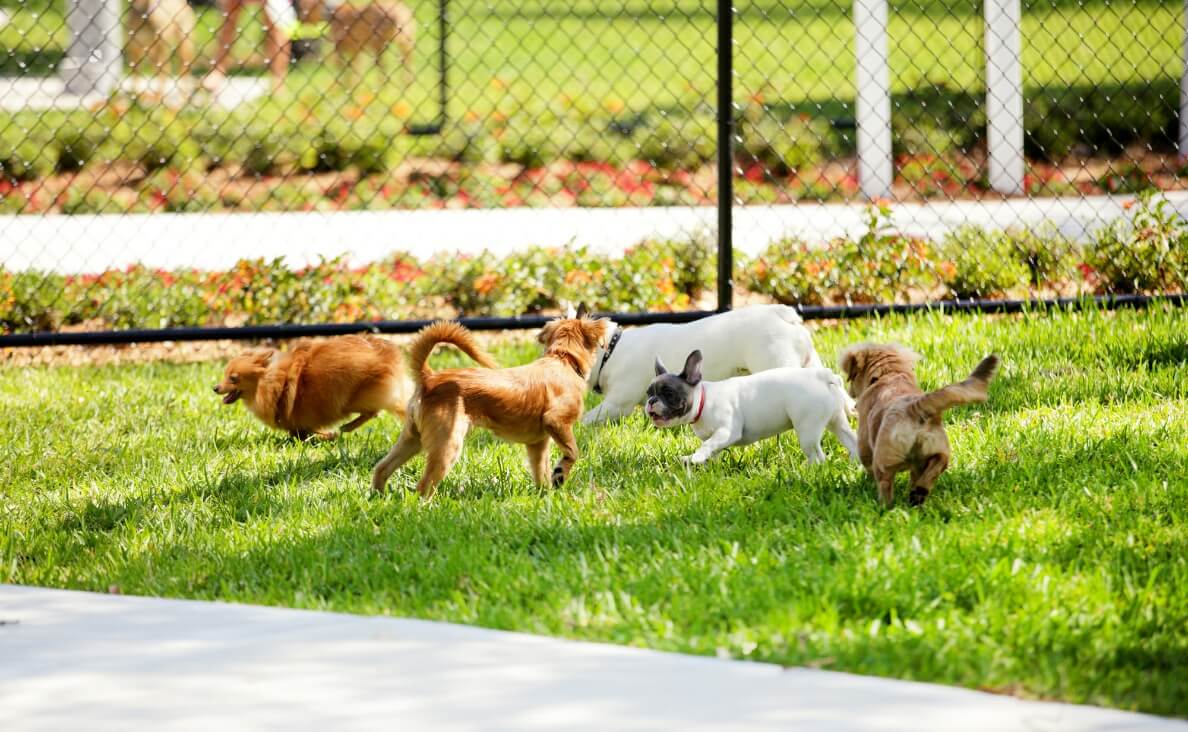
-
Visit a dog park
A dog park can be a lot of fun for a socially-oriented dog and may be the perfect opportunity for your dog to get the exercise he or she needs. Just be wary because not all dogs at the dog park have been immunized and some can be quite aggressive.
Socializing and playing with other dogs is a natural way for dogs to gain the physical and mental stimulation they need, which makes it a great option for high-energy dogs. Make sure you supervise your dog at all times and enjoy watching your dog have fun!
-
Offer your dog an interactive toy
Interactive toys (also called project toys) are toys used to mentally challenge your dog. Common examples are Kong wobblers, stuffed Kongs, and find-it games). These types of toys give your dog something to do, reducing boredom and providing mental stimulation.
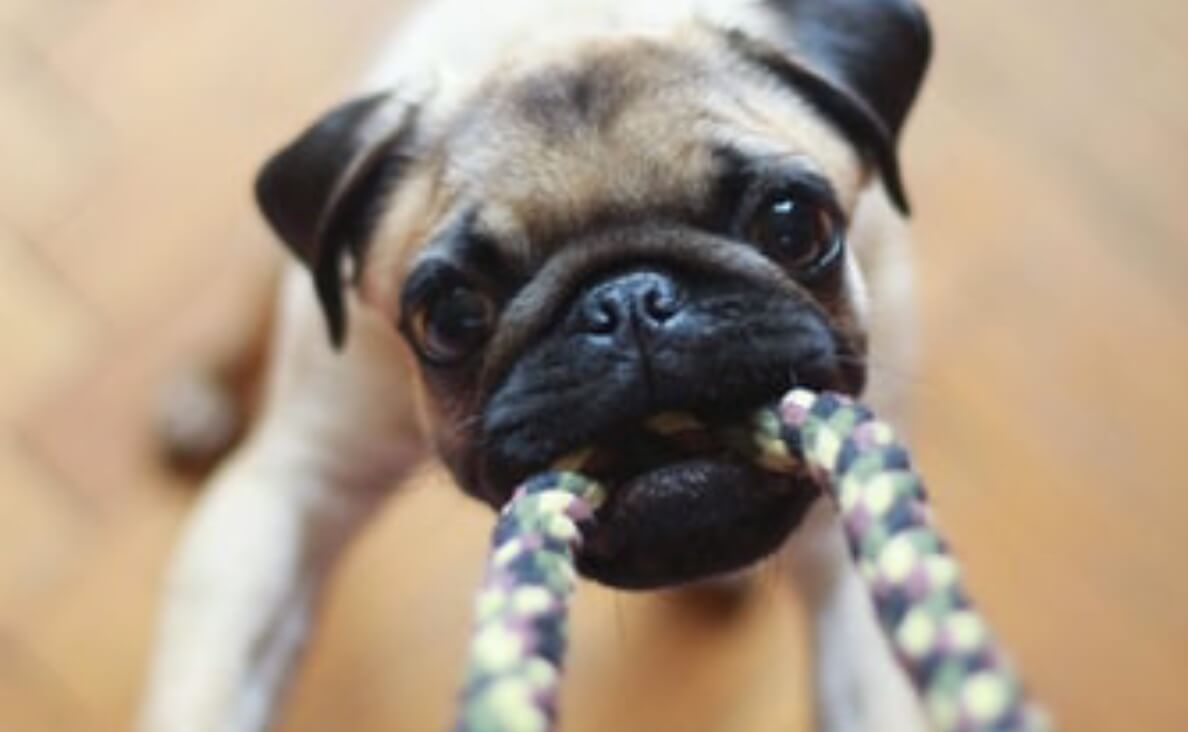
-
Play some games
We’ve talked about fetch, Frisbee and interactive toys, but there are many other games you can play with your pooch. Try tug-of-war, agility course games, bubbles, water games, find-the-treat, digging pit, hide and seek and many others to have some fun and help your dog get more exercise.
-
Practice training lessons
Spend time practicing training commands you’ve learned in your dog training sessions. Not only does training increase your dog’s exercise level, it also helps your dog build confidence and obey on command, which could prove to keep your dog safe in certain situations. Obedience training can be a lot of fun, especially when you see the results of your (and your dog’s) hard work.
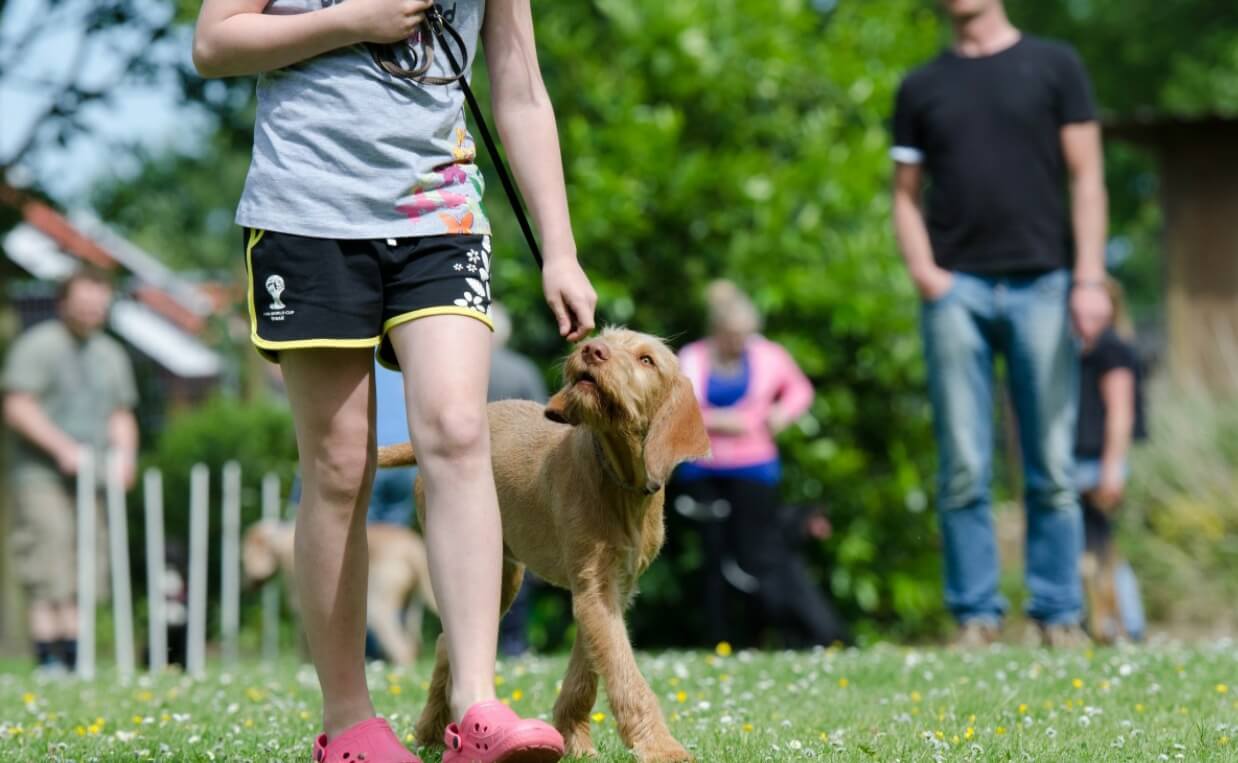
These tips will help ensure your dog receives adequate exercise, keeping both of you happy and healthy for many years to come.
How do you make sure your dog receives enough exercise? What else should have been included in this list? Please share in the comments below.













Leave a Reply